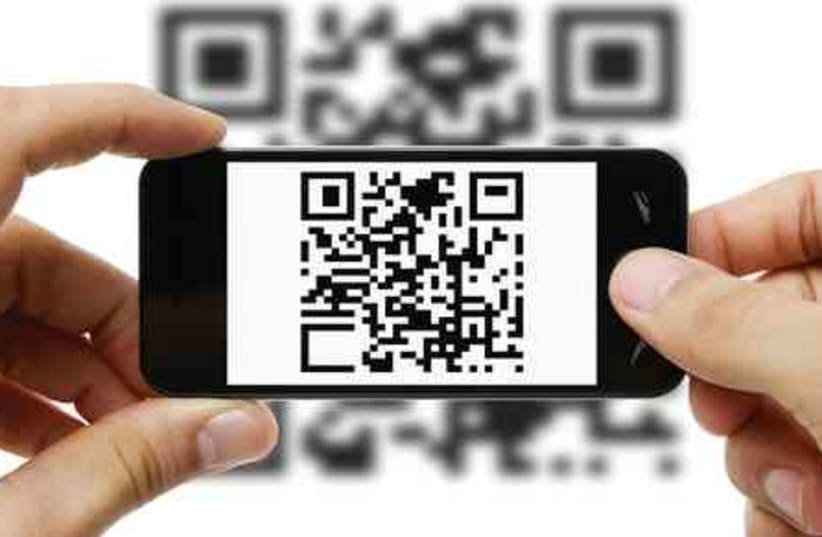Phoning for a cab the smart way Calling a cab has never been so easy. Forget going outside in the rain and trying to stop one on the street.Now all you need to do is to pick up a smartphone and click on the Get- Taxi app (www. gettaxi.com). The app will then automatically find your location and other landmarks in the area and dispatch a taxi to you. Once the ride has been confirmed, the driver’s photo and how many minutes away he is will be displayed on your screen. The app also features a payment option, so there is no need to even carry small change.The app is already available for cab users across Israel, and in London and Moscow, and will soon pop up in New York – thanks to a recent round of funding that generated $20 million.The company behind the app has also launched a new site allowing people in the cities where it operates to book cabs without needing to have a Get- Taxi account or even downloading the app, which is available for Android, iPhone and BlackBerry phones.The new site allows anyone to book a ride by simply entering the journey’s details and a phone number. The improved site is also a step in the process of transforming the company from one with a focus on information into a booking platform.One advantage of the new booking focused site is that small and medium businesses can now open a business account, by providing credit card details, to manage all their taxi rides, expenses and accounting.More data for your dime Determined to help people get the most Internet usage for their money, Guy Rosen and Roi Tiger have come up with an app to track how their smartphones are eating up their data plans. The two established Onavo (www.onavo.com) in 2010, and one year later launched their first app – the Onavo Extend.The Onavo team claims that with the app’s compression technology and analytics, users can get five times more usage from their data plans, or, as Onavo puts it, “that’s up to 500 percent more time on your favorite apps, sharing photos, browsing the web, etc. without any more fees.”While Onavo Extent makes the most of the user’s data, the Onavo Count app helps to keep track of the data usage, by showing how much data each app uses and how data intensive the app is, as well as how much is used browsing the web. The app even shows how much data allowance the user has saved and how much data is left each month, hence reducing the risk of having to pay hefty over-usage fines.
Encoding the world
Israeli start-up Visualead plans to take QR codes that are really designed by machines, and make them human.

Phoning for a cab the smart way Calling a cab has never been so easy. Forget going outside in the rain and trying to stop one on the street.Now all you need to do is to pick up a smartphone and click on the Get- Taxi app (www. gettaxi.com). The app will then automatically find your location and other landmarks in the area and dispatch a taxi to you. Once the ride has been confirmed, the driver’s photo and how many minutes away he is will be displayed on your screen. The app also features a payment option, so there is no need to even carry small change.The app is already available for cab users across Israel, and in London and Moscow, and will soon pop up in New York – thanks to a recent round of funding that generated $20 million.The company behind the app has also launched a new site allowing people in the cities where it operates to book cabs without needing to have a Get- Taxi account or even downloading the app, which is available for Android, iPhone and BlackBerry phones.The new site allows anyone to book a ride by simply entering the journey’s details and a phone number. The improved site is also a step in the process of transforming the company from one with a focus on information into a booking platform.One advantage of the new booking focused site is that small and medium businesses can now open a business account, by providing credit card details, to manage all their taxi rides, expenses and accounting.More data for your dime Determined to help people get the most Internet usage for their money, Guy Rosen and Roi Tiger have come up with an app to track how their smartphones are eating up their data plans. The two established Onavo (www.onavo.com) in 2010, and one year later launched their first app – the Onavo Extend.The Onavo team claims that with the app’s compression technology and analytics, users can get five times more usage from their data plans, or, as Onavo puts it, “that’s up to 500 percent more time on your favorite apps, sharing photos, browsing the web, etc. without any more fees.”While Onavo Extent makes the most of the user’s data, the Onavo Count app helps to keep track of the data usage, by showing how much data each app uses and how data intensive the app is, as well as how much is used browsing the web. The app even shows how much data allowance the user has saved and how much data is left each month, hence reducing the risk of having to pay hefty over-usage fines.